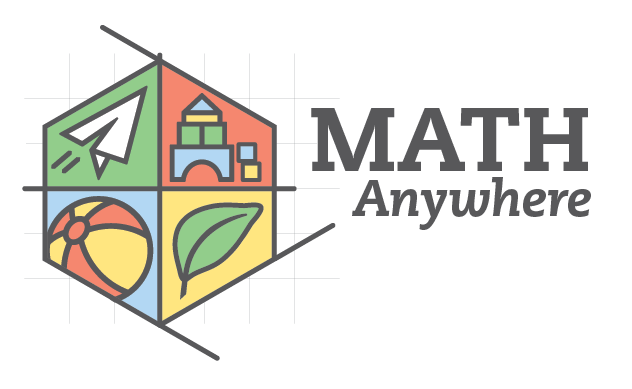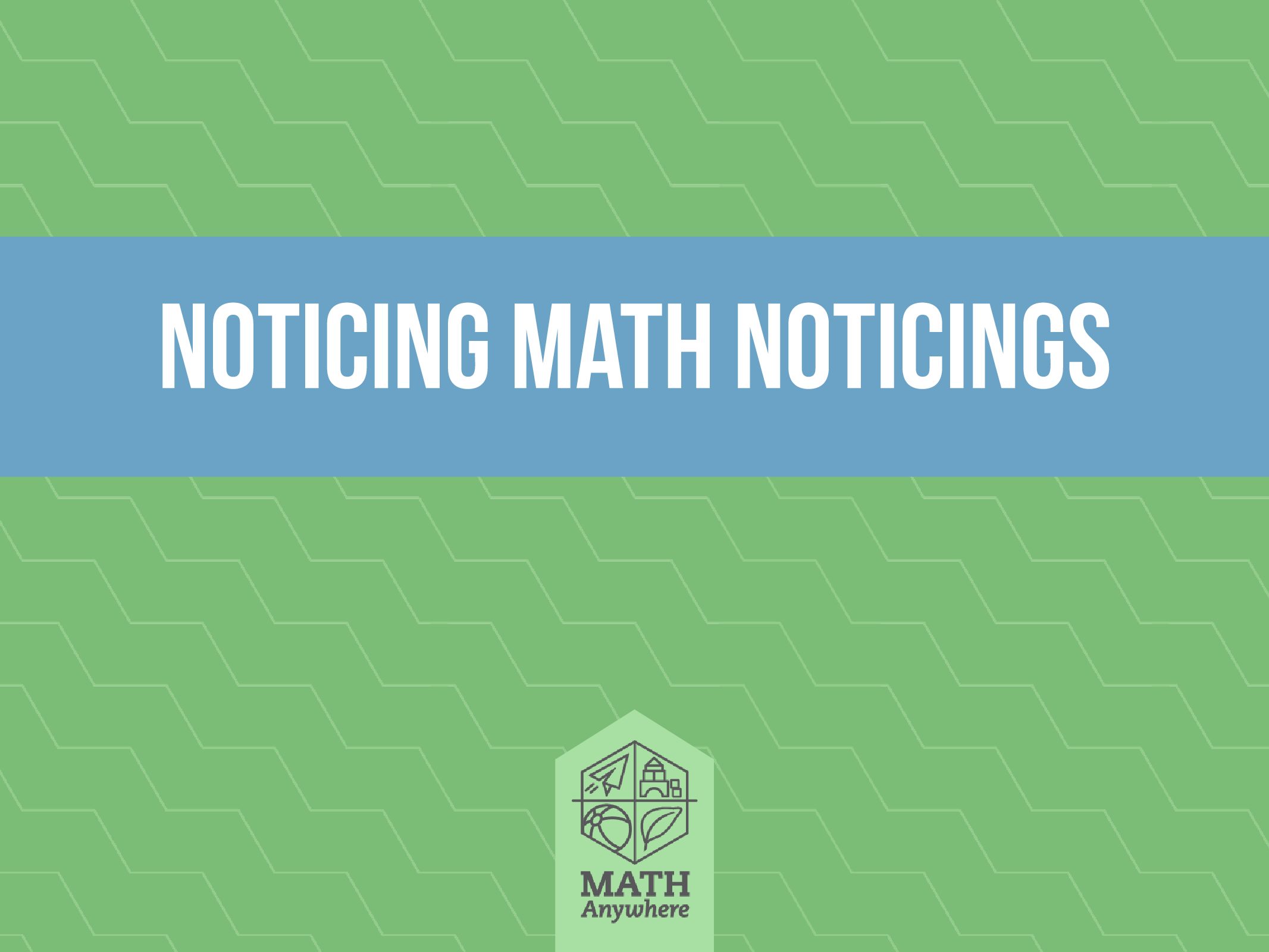My parents tell me the first sentence I uttered from my high-chair was “Hi, man! Or was that a woman?” as a neighbor with flowing 80’s metal hair passed by the kitchen window. I know other things about my early literate life- my favorite book was The Little Engine that Could, I liked to listen to Little Toot on the record player, and my favorite story to hear at bedtime was The Lion and the Mouse (yes, I see a theme). But, I can’t tell you what math ideas I was tinkering around with at the same age. It’s not something anyone noticed, or remembered to share with me later.
I don’t think my parents are that different from most grown-ups. We are really good at noticing and acknowledging new words and language kids are taking on as they grow. But do we pay attention to early math learning in the same way?
By the time I had my own son I was working in education as a math specialist, but without a background in early learning I felt clueless about these earliest years. I certainly didn’t have time to read-up on early math as a busy working mom. So I just started noticing- paying attention to moments I thought might be math-y, even if I couldn’t exactly describe why, yet.
These moments happened in lots of situations I didn’t expect to be mathematical. One night we were reading before bed. We read lots of Sandra Boynton (I can still recite most on demand) and Blue Hat, Green Hat was up next.
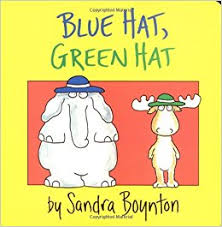
Mom: “Which do you like better, letters or numbers?”
Kid: “Letters. Green hat has one more.”
I think he counted, maybe he visually compared. In any case my son was quantifying the letters on the cover of his book- something I wouldn’t have thought to do. Bedtime is book time, after all, time for reading and telling stories. And if I was asked to pick out the math ideas in this book I would have thought about attributes (color) or position, but not quantity. Children notice so much more than we do; by listening to their ideas we can often see something new.
I realized in that moment that one of the simplest things I could do is just start noticing what my son was noticing. It was late, well past bedtime, and I just wanted to get finished with this “one last book.” It wasn’t the right time to talk about his math idea, but by noticing I was starting to gain a sense of this little mathematician living in my home.
So I set out to notice. Inside, outside, playtime, lunchtime- I started asking myself, “What is the math in this situation? What is my son paying attention to now?” Thinking about every situation as novel and unique became mentally challenging very quickly. So I shifted gears and started thinking about simple math categories I could look for in any situation.
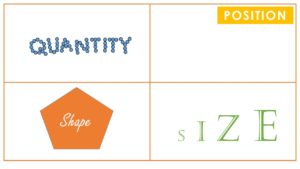
- Quantity– Is he paying attention to how many, or how much?
- Position– As he plays is he going under, in, on, or behind?
- Shape- Does he ask for the one that is round, or pointy?
- Size– Is he talking about ‘tiny’ or ‘huge,’ or ‘too small’ or ‘too tall’? Does he notice ‘shorter’ or ‘longer’?
I think about how quantity, position, shape, and size are being used during play, or to communicate. I see him comparing, sorting, or making patterns based on these qualities. With just a few categories to think about, it became easy to notice everyday mathematical moments while we were doing just about anything.
When he is older, I will be able to talk with my son about his favorite books, the bedtime stories he begged to hear most. I will also be able to share what kinds of math-y things he was up to through the years.
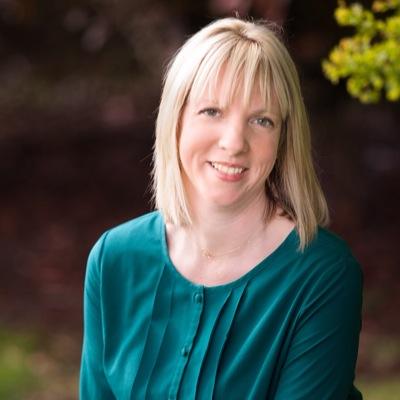
Molly Daley
Molly Daley is a Regional Mathematics Coordinator at ESD 112 in Vancouver, WA. She started the Math Anywhere! project to help children and their grown-ups experience the creative and playful side of mathematics. As soon as she learned there was more to math than the rules she memorized in school, Molly was hooked. She believes math is expansive and she likes helping people recognize their own mathematical connection.
